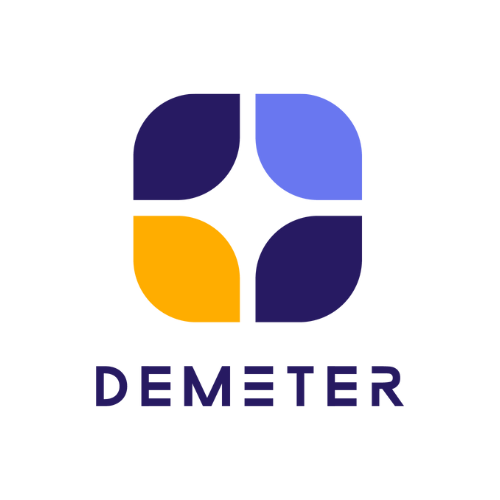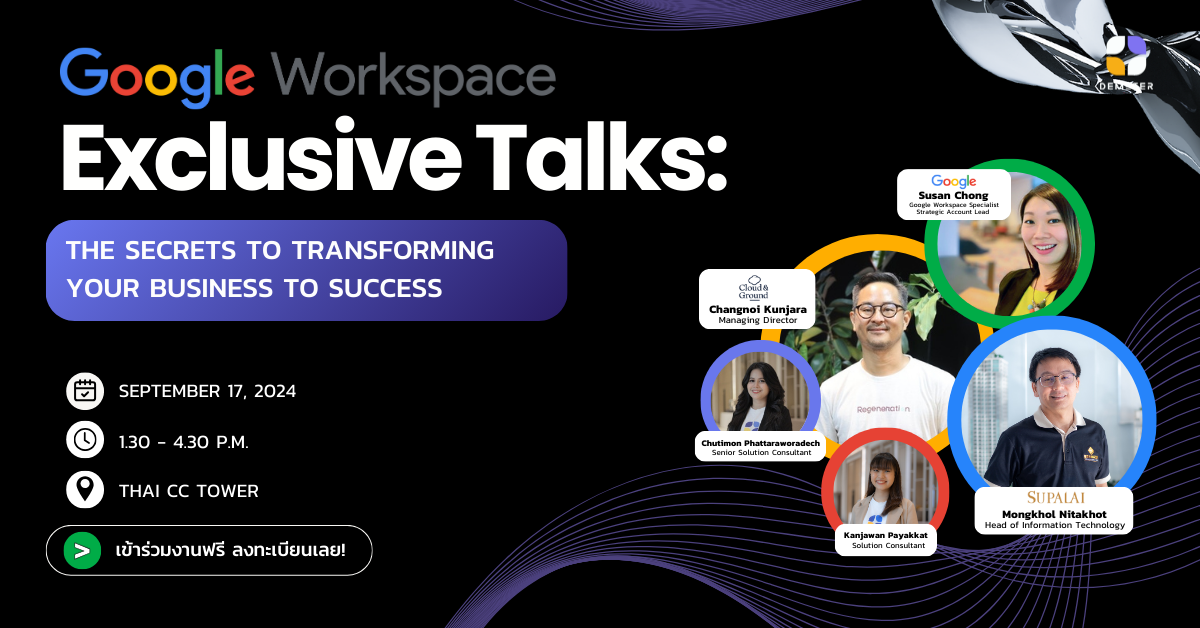If you’ve ever used live chat, you know how easy it is to get in touch with customer service reps. Happy customers are valuable customers, and businesses that can provide real-time customer service to solve problems have high customer satisfaction ratings. So if live chat seems to be working, why make the switch to messaging?
The answer is simple: messaging takes the best parts of live chat but upgrades them with modern features such as ongoing conversations, automation, and richer content for a more intuitive and engaging customer experience.
Because messaging is different from live chat, it comes with a new set of expectations on how to deliver great service. Switching from chat to messaging can be done in a few clicks in Zendesk, but it’s helpful to know what to expect. Below we’ve highlighted important features and considerations, as well as a few best practices.
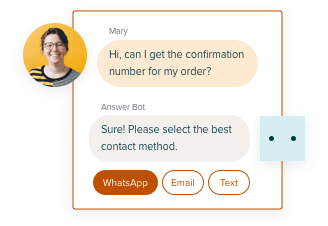
The difference between live chat and messaging
- In-the-moment and ongoing. Live-chat conversations are real-time and session based, and they’re particularly good for issues that need to be solved immediately. Messaging can be real-time, but it’s also persistent, meaning it can start and stop at the convenience of the customer and the agent, across devices. Businesses can be there in the moment for the customer (just like live chat) or continue the conversation later, without forcing the customer to start over and repeat themselves.
- Richer conversations. Popular social messaging apps have changed expectations of live chat. Messaging offers richer features, and it’s also more customizable, enabling deeper personalization and on-brand experiences.
- Built for automation. Whether you’re using sophisticated, intelligence-driven chatbots or click-to-configure decision trees, messaging makes it possible for your organization to automate interactions and scale support operations wisely.
Making the switch? Here are some key considerations
Update your customers’ expectations
Managing customer expectations is key, especially when transitioning to a new solution, so customers aren’t dissatisfied with response times and your support isn’t perceived as slow. Because messaging is asynchronous, customers may not expect an immediate response—although they should have the option to escalate and chat in real-time.
Do you run critical activities where your customers expect an immediate response and will otherwise be dissatisfied? Or is the issue something that your customers will be comfortable not getting an immediate response to because it isn’t business-critical?
Agents offline? No worries
Traditional methods of staffing and providing immediate support are not necessary for every type of business, nor are they necessary for every type of customer conversation. Switching to messaging means embracing flexible tools that meet your customers where they are:
- You can have real-time conversations or ongoing conversations at any time—your call.
- Out of office? Not a problem: the customer’s message is preserved until you’re ready to respond. Be sure to set the right expectation for the customer, and let them know when to expect a response.
- An auto-response establishing office hours can set the expectation.
- Chatbots can attempt to answer customer queries and deflect to the right person.
While the flexibility of messaging means conversations can be put down and picked up at any time, and on any device without losing context, that doesn’t mean customers should be kept waiting. Business-critical operations, single-issue support cases, or the immediate expectation for a response are great use cases for real-time, synchronous communication. Thankfully, it’s still possible to carry on real-time conversations as before.
Bots can fill in the gap left by agents when customers expect a real-time response. Messaging comes with built-in automation that lets you effectively be online 24/7. Triaging conversations with bots supports customers at all hours while allowing you to remain open to ongoing conversations just as before.
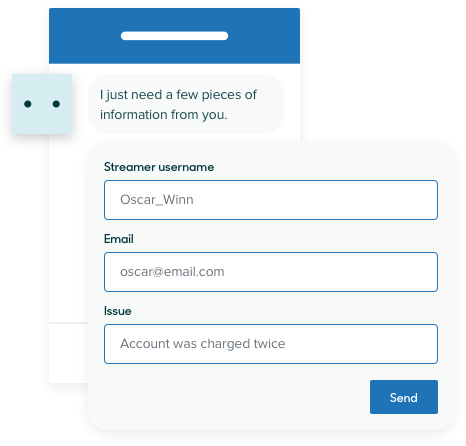
Rethinking traditional KPIs
A conversation doesn’t necessarily have a finite end. It can be picked up and carried on whenever—and should your customer follow up, all the relevant information will still be there.
New channels mean differing customer expectations—and that means some targets need to be revised. Tracking data and KPIs from all support channels is possible using interactive, real-time dashboards.
Ongoing conversations give agents more time to respond while handling more chats. In an asynchronous world, customers can tolerate longer delays in response times. We don’t expect our friends and family to reply immediately when we shoot them a text, and that expectation carries over to customer support in messaging, too.
For traditional contact centers, the commonly reproduced 80/20 SLA suggests that 80 percent of calls should be answered within 20 seconds. In the case of messaging, the approach to managing service levels can be quite different. If SLAs are an important KPI to measure for your business, then a longer answer time (such as 90/300) might be more appropriate. However, organizations may wish to embrace other KPIs better adapted to asynchronous communication methods, such as concurrency, active time, and idle time between responses.
Switching up roles and responsibilities
Customer experience is never a “set it and forget it” deal—it requires constant analysis, monitoring, and optimization. Investing and maintaining messaging with dedicated roles ensures the best customer experience and that bots are actually providing useful help.
You don’t want your agents to feel like machines, so why should they do a machine’s work? Customer service roles can be repetitive, which contributes to boredom and burnout—but by leveraging automation, agents can focus on conversations that matter. Automation, like autoresponders or chatbots, takes care of repetitive tasks and queries. As a result, agents have the chance to focus on higher-touch interactions with customers, where they have a deeper, personalized impact on the customer experience.
Also, with messaging, it’s important to ask how roles need to evolve and change to support this new communication paradigm. What developer or administrative resources do you need? Who manages bots, intelligence, and third-party integrations? Bots and automation don’t manage themselves. As a best practice, these are responsibilities to keep in mind. And as your organization scales, you might need to create dedicated roles in order to optimize your customers’ experience.
Examples of messaging-related roles in the support org
- Digital operations team: defines workflows, bots, intelligence, and aligns product vision with messaging using SDKs or social channels
- Conversation designer: manages bots and workflows
- Conversation analyst: reviews sentiment, intent, and maps
- AI/automation manager: ensures quality of non-human assisted interactions
Plan to scale
You don’t necessarily need developers or programmers to start offering your customers a better customer experience. Some messaging solutions are out-of-the-box, and they’re easy to deploy if you’re already using live chat. An out-of-the-box solution is a great starting place for startups, SMBs, and nonprofits. Zendesk’s Flow Builder, for example, is a click-to-configure decision tree tool that enables anyone to create and automate conversational workflows.
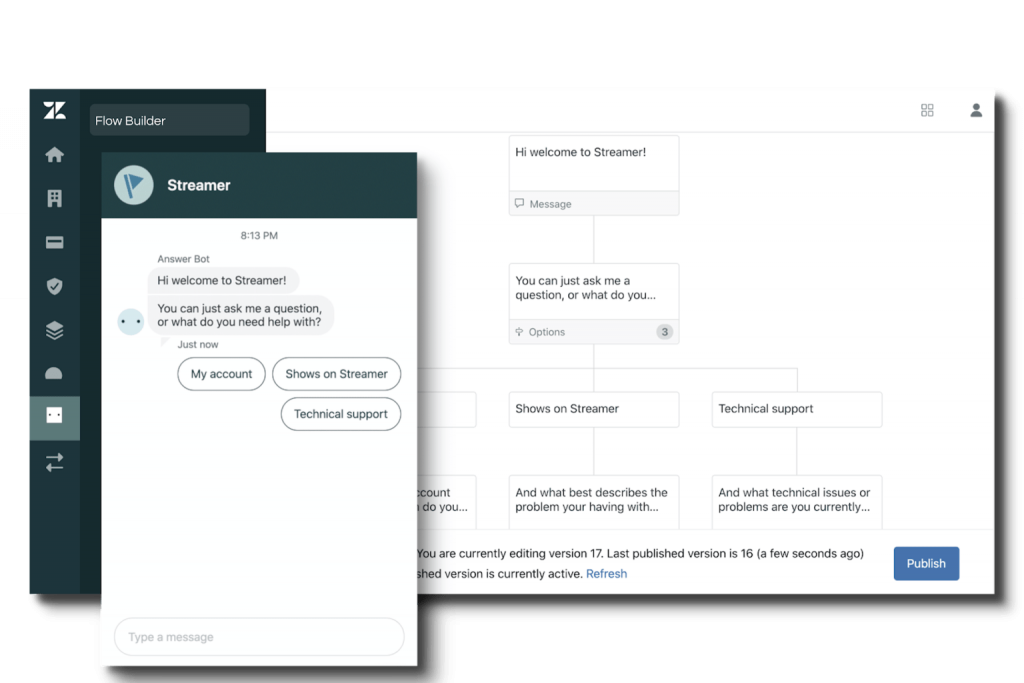
However, as your needs evolve and your operation scales, you’ll need to make changes here and there to optimize the customer experience. Branching out onto social messaging channels like WhatsApp or Instagram DMs, for example, doesn’t require too much overhead. But adding third-party integrations or sophisticated AI might mean thinking outside the box: Sunshine Conversations, Zendesk’s developer platform, enables businesses to unlock intricate use cases and harness the data flowing through your customer conversations.
Out-of-the-box use cases for messaging
- Automated FAQs
- Classic customer support
- Easy-to-build bot flows
- Engage in customer support while your business is offline
- Connect to social channels like WhatsApp, Messenger, and Instagram
Platform use cases for messaging
- Self-service integrations to shop, book airline tickets or hotel rooms
- Harness conversational data from social channels
- Working with partners to create intelligent bots with Natural Language Processing (NLP)
- Connect to external tools
Adding more sophisticated automation may require the help of a bot partner, which can be integrated into the agent workspace to serve more complex use cases.
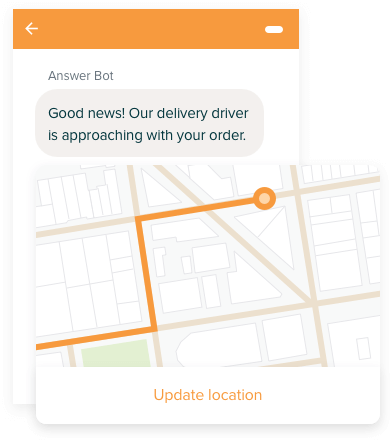

Work the way that works for you
Conversations are the epitome of the modern customer experience: they’re personal, convenient, and seamless. Maybe you recognize your own needs in the material we covered. If you’re ready to level-up your customer experience with messaging, you now have the knowledge you need to get started.
Zendesk’s combination of out-of-the-box tools with an extensible platform means you can build whatever you want, on your terms. Going all-in with messaging might just be the easiest decision you’ve had to make.
Start messaging with customers today Click
Deliver rich conversational experiences across your web, mobile, and social messaging apps
Contact Us: Demeter ICT Company Limited, No.1 Zendesk Authorized Solution Provider in Thailand and APAC No.1 Zendesk Authorized Solution Provider in Thailand and APAC. [ Demeter ICT ] – Our specializations are “CX Design”, “Consulting,” “Implementation“, “System Integration” and “Training” for Zendesk. We help clients analyse, design workflows, and build a good CX.
LINE OFFICIAL

-
For additional information and special promotion call now!
Tel. (+66) 2 030 0066 (TH/EN)
Tel. (+86) 14778852841 (CH) - Facebook Page : @demeterict
- support@dmit.co.th
